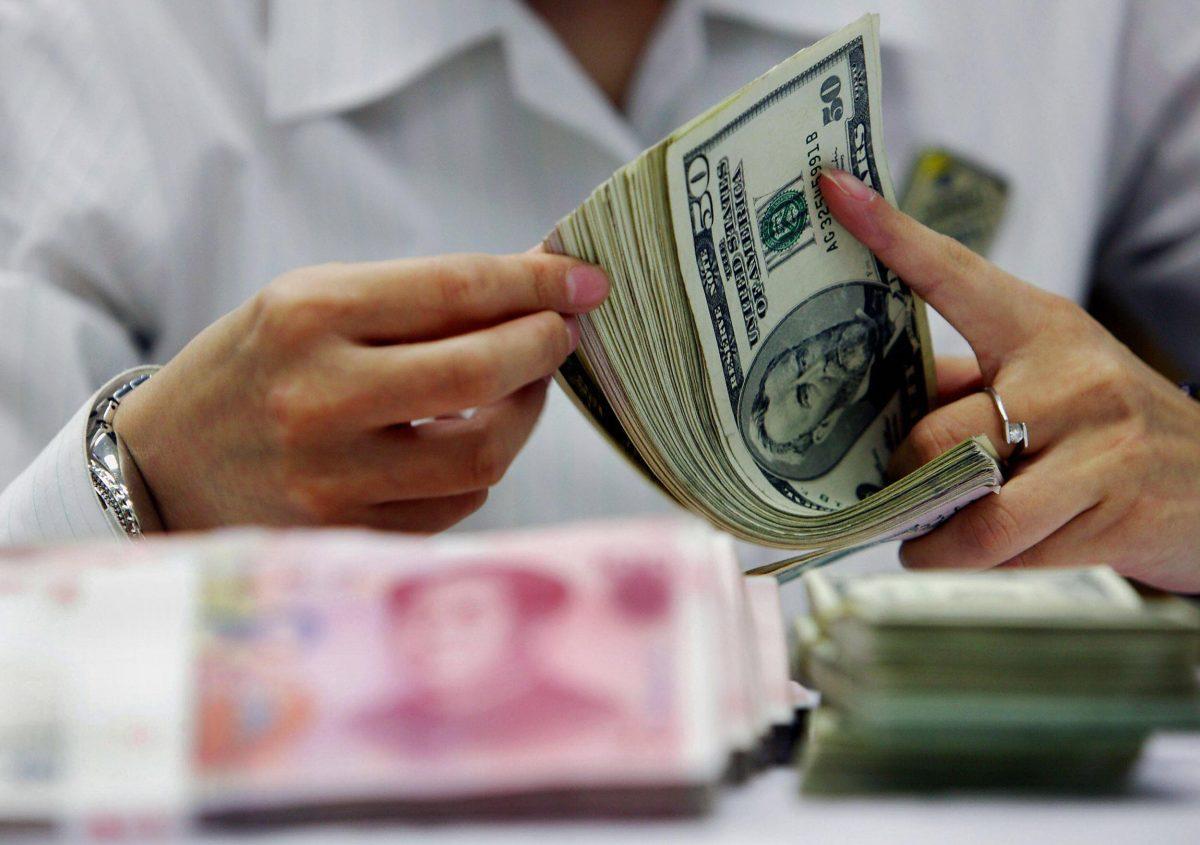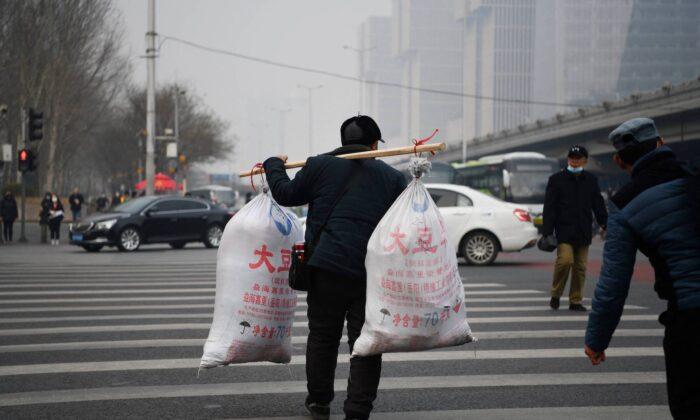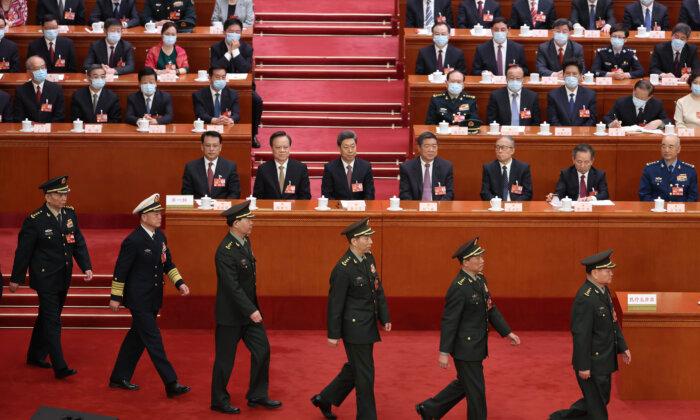Commentary
China’s consumer prices are flat, while producers are hit with rising costs, and workers are facing lower wages and a tighter job market.
The Chinese Communist Party (CCP) had hoped that removing COVID-19 restrictions would jump-start the economy. However, after a brief uptick during the first quarter of the year, demand for industrial and consumer products weakened until producer prices began to decline. Last month, producer prices fell at the greatest rate since 2015. For the past nine months, the producer price index (PPI) has been steadily trending downward, and in June it showed a significant drop of 5.4 percent. At the same time, consumer prices are flat and analysts expect them to end the month 0.5 percent lower than last year.
The producer price is the price at which goods and services are sold by manufacturers to retailers. When producer prices fall, it means that the factories have to sell their goods for less. However, while producer prices are falling in China, the global cost of raw materials is rising. The Raw Material Price Index is currently 18 percent higher than it was in 2022. This raises issues of financial viability for Chinese firms, as profit margins are being squeezed. Reduced profitability has led to a slowdown in manufacturing, with factory activity steadily decreasing for the past three months. This is bad news for Chinese youth, who are already facing unemployment of more than 20 percent. Recent college graduates are struggling to find work, and many of the nearly 300 million migrant workers who travel from the countryside to staff China’s factories are on the verge of homelessness.
Falling factory-gate prices and a general slowdown in manufacturing also mean reduced investment and innovation. If retailers find they have to cut prices to sell their products, there will be less incentive to develop new ones. Supply chain disruption is another potential negative outcome. Some upstream sectors may see greater cost increases and cuts to production than others, causing a shortage of components and inputs further downstream. Higher costs and lower sales volumes will also cause wages to fall. Migrant workers have seen their average monthly wage go from 4,615 yuan ($640.07) at the end of last year, to 4,504 yuan ($624.67) in the first quarter of 2023. Last year, temporary factory workers were receiving 18–20 yuan per hour. This year, the wage is down to 15–17 yuan per hour. In southern China, factory work is still available, but most employees are now temporary, receiving a daily wage, but no benefits. The average monthly salary used to be 7,000 yuan a month but is now down to 5,000. Wage and employment cuts can fuel a vicious cycle of decreasing demand, which decreases employment, adding to deflationary pressure.

If consumer prices begin to fall, China could experience deflation, a sustained decrease in the general price level of goods and services. Mild deflation may seem welcome after several years of rising prices, but when the population sees wages and prices dropping, they tend to hoard cash. This reduced spending will make economic recovery even more elusive.
Another issue is that existing debt will become more expensive relative to wages, leading to bankruptcies and foreclosures. Because people stop spending and investing in hard times, the CCP may decide to cut interest rates, but they are already low. Further rate cuts may not be enough to encourage people to borrow. Alternatively, Beijing may release a stimulus like the United States and other governments did during the pandemic. However, this would only be effective if people were willing to spend, which they may not be.
Tough economic times in China are suppressing the value of the yuan, which at 7.20 is still well above the psychological threshold of 7 to the dollar. Deflation in China can be good news for the United States. As demand in China drops, global commodity prices may come down, making U.S. manufacturing more profitable. Low commodity prices and a weak yuan will decrease the cost of Chinese imports, helping to reduce prices in the United States. On the other hand, the CCP generally relies on infrastructure investment to buoy a sinking economy. If that happens, global commodity prices will rise, while China’s public debt will increase.
Views expressed in this article are opinions of the author and do not necessarily reflect the views of The Epoch Times.





